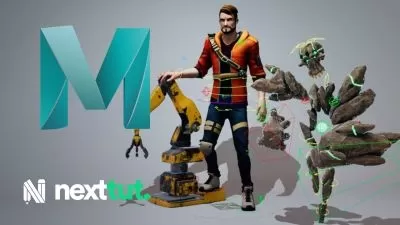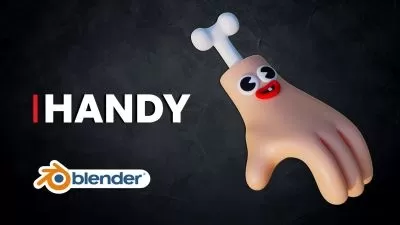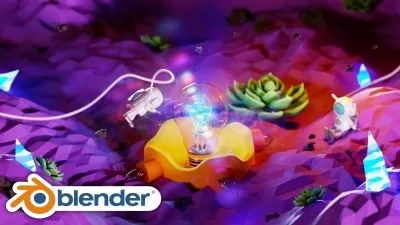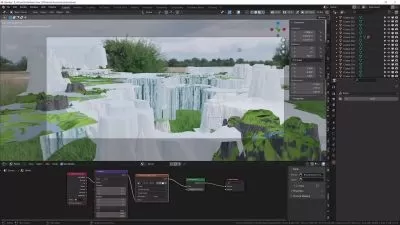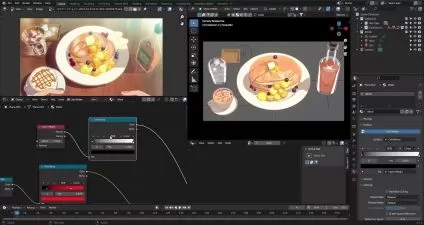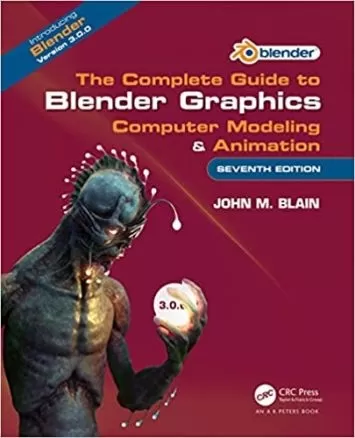About 3D AnimationLearn More
Creating 3-dimensional animations that move inside digital environments requires a combination of programming prowess and artistic skill. Good 3D animation is vital to making best-selling video games, animated movies, and television series, as well architectural renderings and prototypes.
Sort by:
Sorting
The newest
Most visited
Course time
Subtitle
Filtering
Courses
Subtitle
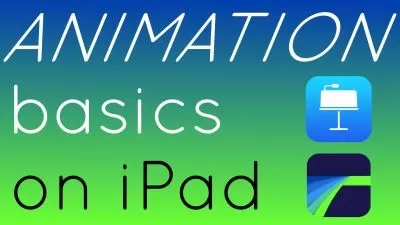
SkillShare


Ben Nielsen
Introduction to Animation on iPad with Keynote and LumaFusion 1:17:04
English subtitles
01/19/2024
Subtitle

SkillShare


Patrick Foley
Create Plankton From Scratch using Zbrush & Cinema 4D 1:32:41
English subtitles
01/16/2024
Subtitle
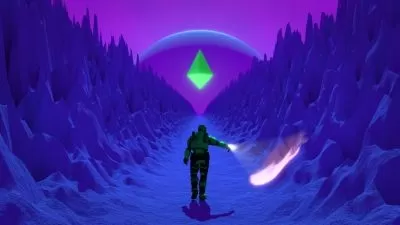
SkillShare


Lucas Ridley
Motion Capture Animation: Animate a 3D Sci-Fi Loop in Autodesk Maya 3:27:26
English subtitles
01/15/2024
Subtitle
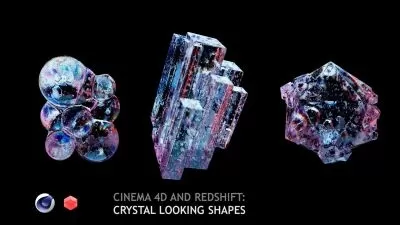
SkillShare


Alexey Brin
Cinema 4D and Redshift: Crystal Looking Shapes 24:55
English subtitles
01/15/2024
Subtitle
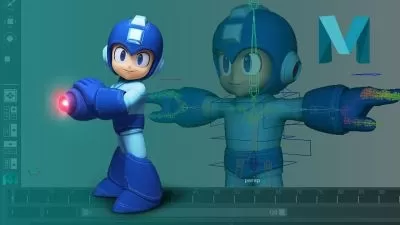
SkillShare


Anass Cherkaoui
Character Rigging for Beginners in Maya 6:26:30
English subtitles
01/15/2024
Subtitle
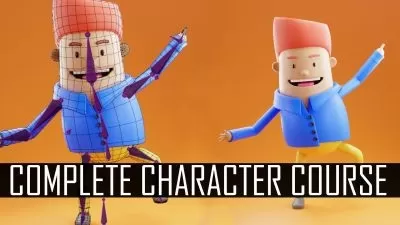
SkillShare


PIXXO 3D
Blender 3D | Full 3D Character | Easy Workflow 1:58:09
English subtitles
01/15/2024
Subtitle
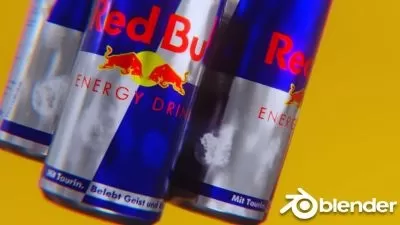
SkillShare


Smeaf Sculpts
Blender 3. 0: Product Animation MasterClass 1:53:29
English subtitles
01/15/2024
Subtitle
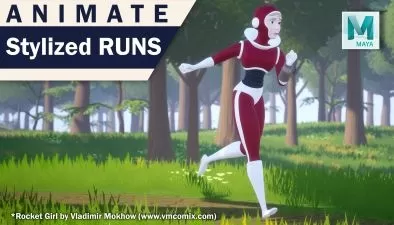
SkillShare


Amedeo Beretta
Animate an Anime Inspired, Stylized Female Run in Autodesk Maya. 2:11:30
English subtitles
01/15/2024
Subtitle
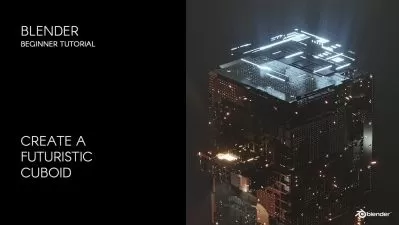
SkillShare


Rany Bechara
Animate a 3D futuristic cuboid in Blender 1:39:04
English subtitles
01/15/2024
Subtitle

SkillShare


Michael Lubrin
Adobe Dimension CC for Beginners: 3D Mockups for Branding Projects 1:07:12
English subtitles
01/14/2024
Books
Frequently asked questions about 3D Animation
3D animation, or computer animation, uses a series of computer-generated images that are shown quickly in succession and produce the illusion of movement. What is special about 3D animation is the ability to simulate real-life physics to represent volume and weight, making the object or character feel like it exists in three-dimensional space. 3D scenes can further be captured from several camera angles to more closely mimic real-world approaches to film-making. The basic process of creating a 3D animation can be divided into three major exercises: modeling, animation, and rendering. Modeling tasks include building and texturing the models and rigging the models for movement. Animation requires posing the models along keyframes to create motion, camera set up, and lighting design. Rendering is a process that generates frames between keyframes to produce continuous movement. Finally, the rendered frames are composited, and special effects, transitions, and sound are added.
3D animation relies almost completely on the utilization of computer programs, so your primary tools include your computer (make sure you have a robust processer and graphics card, plenty of RAM, as well as a reliable hard drive for storage) and sophisticated software for developing 3D models and animation. The most popular 3D applications include Maya, 3Ds Max, Blender (an open-source program), Cinema 4D, zBrush (a program focused on 3D sculpting and texturing), and Unity (to build 3D assets for gaming). Video editing software like AfterEffects and Premier is also a necessity when it comes to piecing together rendered footage and adding special effects or motion graphics. And programs like Adobe Illustrator and Photoshop are used to help you develop textures and shape guides used in production. While most programs work with the same set of animation fundamentals, each tool has unique features and may be preferable for different animation uses.
Regardless of animation technique, you first need an understanding of the basic animation principles. These include how objects move and act, how to stage the action, how to time movements realistically, and how to communicate physical attributes, including personality. A convincing 3D animation requires you to study the movements of humans as well as biped and quadruped creatures, facial movements and expressions, mechanical design, and the effects of weight and physics on movement. Skills required for 3D animation foremost require the proficiency of 3D modeling and animation programs: learn how to build 3D models, create and apply textures, and rig models for movement. Then learn how to create key poses along a timeline so that the resulting movement looks natural when the frames are rendered. Finally, learn to tweak timing and poses to create nuanced movements that bring your character or object to life.





